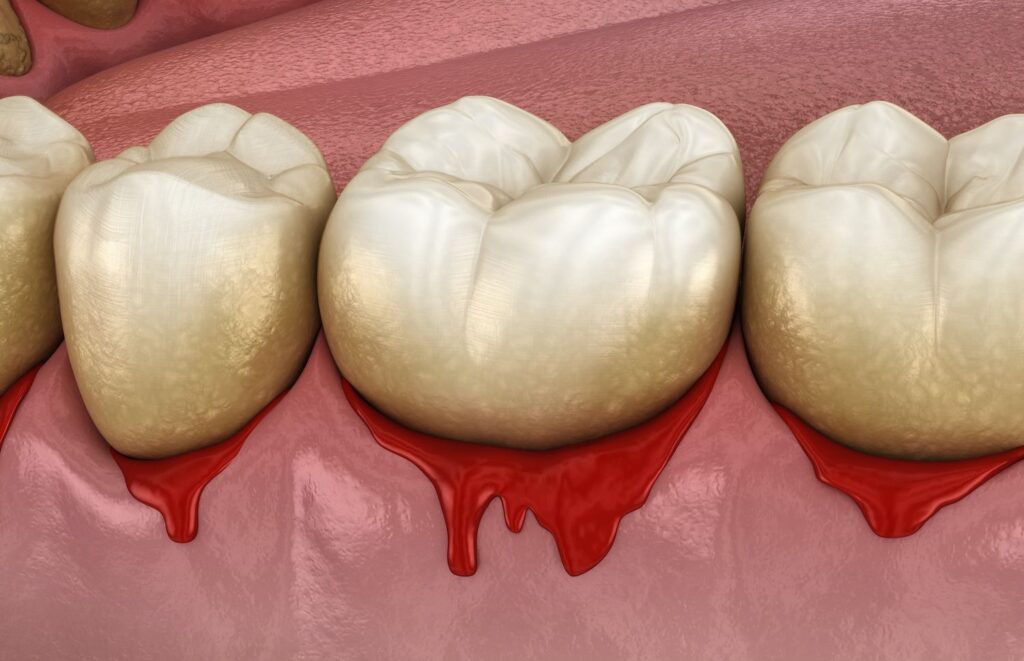Thinking about our oral health may prompt us to think about the appearance of our teeth. However, our health is much more complicated than our teeth. We often overlook our gums in the pursuit of our dream smiles. One major step to a healthy smile is to make sure that your gums are in good shape. As a result, you need to know how to identify if your gums are healthy.

The Appearance of Healthy Gums
One of the most visible indicators of gum health is their appearance. Healthy gums are typically pink, firm, and form a tight seal around the teeth. Any deviations from this norm could be a sign of underlying issues.
- Pink Hue: A healthy set of gums tends to have a consistent pink coloration. Redness or bluish tones might indicate inflammation or poor circulation.
- Consistent Contour: Run your tongue along your gums. Healthy gums have a smooth and consistent contour. Swelling or bumps usually means an issue and should be checked further.
- Firm Texture: Gums should feel firm to the touch. It could be a sign of inflammation or gingivitis if they are excessively soft or tender.
The Tale of Your Toothbrush
Your oral hygiene routine is a direct reflection of your gum health. Pay attention to your brushing and flossing habits. This is because they can be indicative of the state of your gums.
Regular brushing at least twice a day is a cornerstone of gum health. Healthy gums can withstand gentle but thorough brushing without bleeding. But, make sure that you don’t brush too hard!
Flossing is often a neglected hero in oral care. Healthy gums don’t bleed when flossed. If you notice blood, it may be a sign of gum disease.
Furthermore, chronic bad breath can be a subtle indicator of gum issues. Healthy gums contribute to fresh breath. If you’re facing constant bad breath, it’s time for a dental check-up.
The Bleeding Dilemma
While it’s commonly believed that bleeding gums are normal, they’re actually an early warning sign of gum disease. Pay attention to your toothbrush or floss after use. It’s time to take action if you see blood all the time.
Healthy gums don’t bleed when you brush gently. If you’re using a soft-bristled toothbrush and still experiencing bleeding, it’s a signal to talk to your dentist.
Also, flossing shouldn’t be painful or cause irritation. A common sign of inflammation is when your gums bleed during flossing. One of the more common causes of this is plaque buildup.
What Your Teeth and Gums Are Trying to Tell You
Tooth sensitivity can be closely linked to gum health. If you find yourself wincing at hot or cold foods, your gums might be sending distress signals.
Additionally, receding gums expose the sensitive roots of your teeth. This can lead to increased sensitivity. If you notice changes in the positioning of your gumline, talk with your dentist promptly.
Finally, inflammation of the gums can cause them to press against the teeth. Addressing the root cause of inflammation is essential for maintaining gum health.
